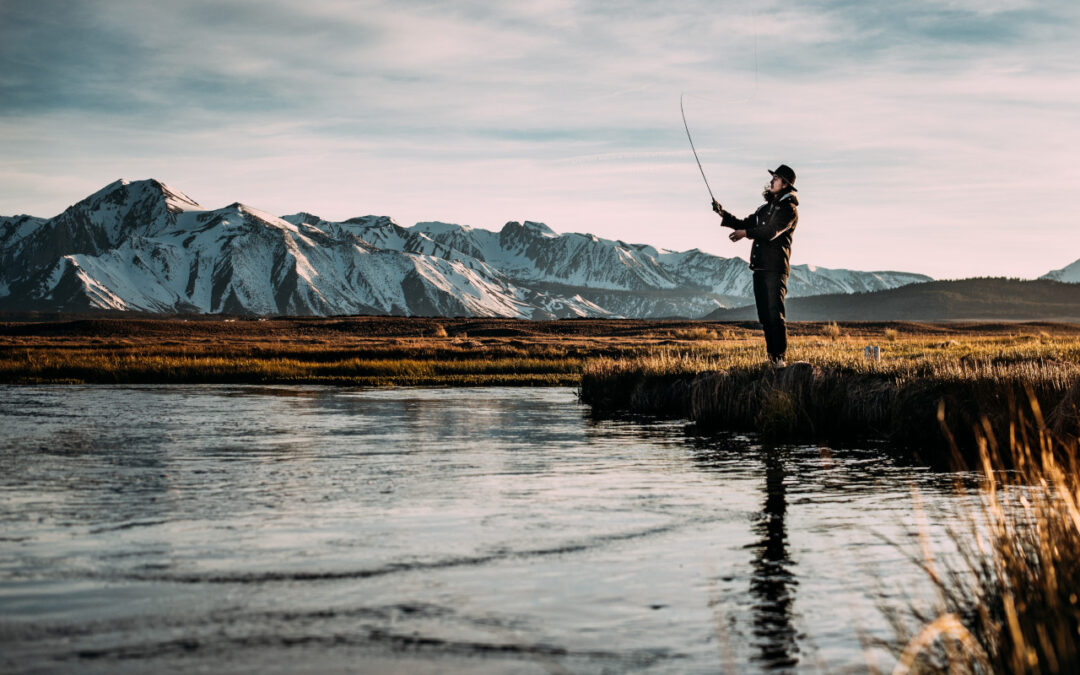One of America’s favorite past times is fishing. And one of the best types of fish to target and catch is trout. You can typically find trout fish in cool, clear streams and lakes throughout North America. They can also be found naturally in northern Asia and Europe. Most trout can be solely found in freshwater, but many, like the steelhead, spend their adult life in the ocean, and then they return to the streams where they were hatched to spawn. This is called anadromous reproduction and is also seen in salmon. Brook trout, brown trout, cutthroat trout, bull trout, and Arctic char also have populations that run to saltwater.
There are many different species of trout, and even more populations that are isolated from each other and morphologically different. However, many of these distinct populations show no significant genetic differences besides color and pattern. The same species of trout that live in different environments can have dramatically different colors and patterns and maybe named differently. The cutthroat trout, for example, has 14 recognized subspecies (depending on your sources), such as the Lahontan cutthroat trout, the Bonneville cutthroat trout, Colorado River cutthroat trout, Yellowstone cutthroat trout, to name a few. On the other hand, sometimes, the difference in colors and patterns results in the same species being called by completely different names. The brook trout and the aurora trout all have physical characteristics and colorations that distinguish them to be different, but genetic analysis shows that they are one species, Salvelinus fontinalis.
Typically, the colors and patterns of trout fish are used as camouflage based on the surroundings in which they live. But, the colors and patterns will change as the fish moves to different habitats. Trout that has just recently returned from the sea, can look very silvery, while the same “genetic” fish living in a small stream or lake could have pronounced greenish speckles with much more coloration.
Trout have fins that are complete without spines, and all of them have a small adipose (fatty) fin along the back, near their tail. They are somewhat bony fish, but the flesh is generally considered good to eat and taste. Because of their popularity within the fishing community, trout are often raised on fish farms, also known as hatcheries, and are then relocated into heavily fished waters. Replenishing the water’s supply of trout is part of an effort to minimize the effects of overfishing. Many different fishing methods are available for trout fishing, including spin fishing and fly fishing. Although fly fishing has now been extended to target and catch other fish species, it was a distinctive method developed primarily for catching trout. Part of the fun of trout fishing and the thing that has made it so popular is that trout will provide the fisherman with a good fight when caught with a hook and line.
Depending on the body of water that you are fishing in, you will find different trout. The bait that is used to catch trout fish can be different, depending on the species of trout and the size of the trout. Trout generally feed on soft-bodied aquatic invertebrates, such as Diptera, mayfly, caddis fly, and stonefly which would make using a worm or nightcrawler a successful bait. Larger specimens of trout regularly feed on other smaller fish like minnows. Using a spinner might be more appropriate in this situation since spinners are made to resemble the movement of small fish.


